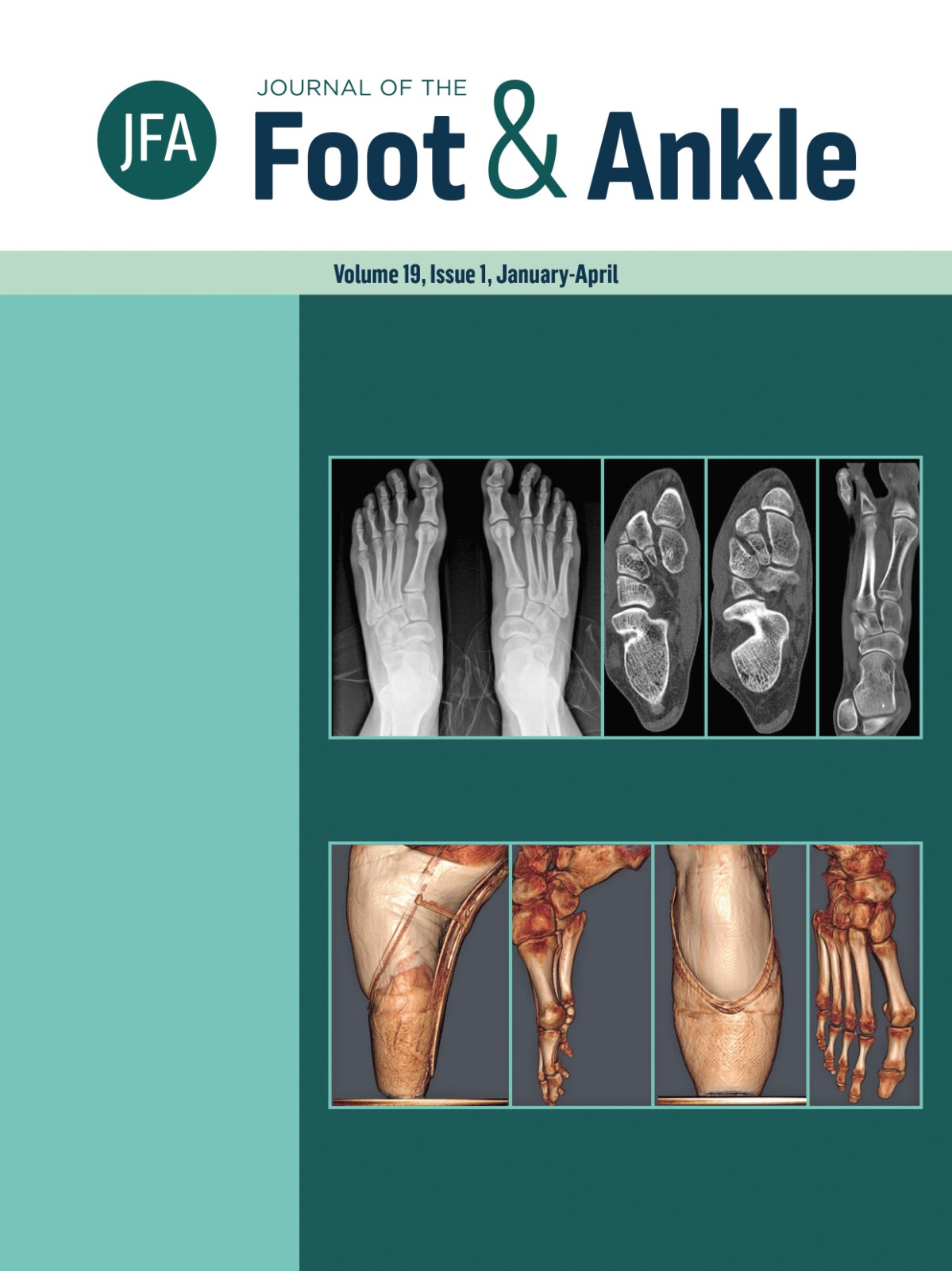All about people!
DOI:
https://doi.org/10.30795/jfootankle.2025.v19.1901Abstract
The use of Artificial Intelligence (AI) across a wide range of human activities has been growing rapidly in recent years, becoming an indispensable tool, and science is no exception. However, concern is rising within the academic and scientific communities regarding the misuse of Generative AI in producing scientific papers. Key concerns include ethical and moral issues, along with the growing risk that it may soon become impossible to distinguish between human-generated and AI-generated content. This challenge is made even greater by the phenomenon known as AI “hallucination,” where the system, lacking reliable information, produces entirely fabricated material (texts and data). In addition, AI learning systems are becoming increasingly complex and opaque, making it harder for humans to fully understand and oversee them.
These concerns have been widely discussed within scientific journal editorial boards. One clear conclusion is the need for openness, transparency, and clarity regarding the use of AI. Authors are now expected to disclose, at the time of submission, whether AI tools were used and specify in which activities (such as drafting, language editing, translation, or creation), particularly when Generative AI is involved. This information will undergo technical review to assess its impact on the submitted work and will be shared with reviewers, potentially influencing the evaluation and acceptance process. Among the many daily challenges, this is one of the newest—and certainly one of the most complex(1,2).
This issue of the Journal of the Foot and Ankle marks the debut of our “online first” publication model, allowing readers early access to articles as soon as the review, correction, and editorial stages are completed. This achievement was made possible thanks to the collaborative efforts of authors, reviewers, the technical editorial team, translators, and designers. ABTPé, through its board and administrative staff, played a crucial role by dedicating significant effort and resources to this endeavor. We extend our heartfelt thanks to everyone involved.
We remain committed to further improving our editorial processes, always striving for the highest standards of scientific integrity, transparency, and efficiency.
Downloads
Published
How to Cite
Issue
Section
License
Copyright (c) 2025 Journal of the Foot & Ankle

This work is licensed under a Creative Commons Attribution-NonCommercial 4.0 International License.







